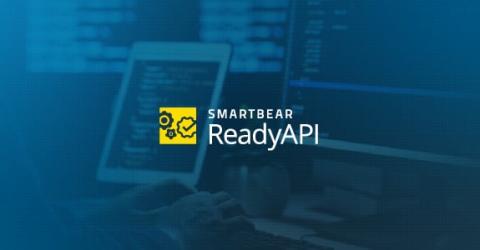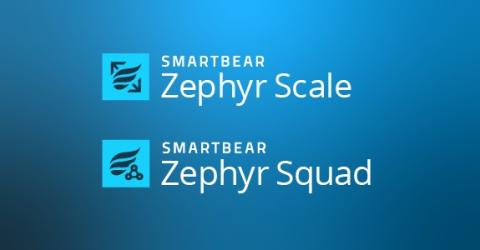Systems | Development | Analytics | API | Testing
Latest Posts
Swipe Right: How to Test Multi-Finger Gestures for Your Mobile App
Mobile applications are becoming increasingly complex, and developers are tasked with delivering new and innovative experiences to their users. Part of this includes delivering new ways in which customers engage with your UI. Mobile users today are more advanced than ever; they have high levels of technical know-how and have less barriers of entry for trying something new. This gives mobile developers more opportunities to be creative and deliver app experiences that are new or unique.
Supercharge API Performance Testing with ReadyAPI
As the holiday season approaches, businesses worldwide are gearing up for the busiest and most lucrative time of the year. In today's digitally driven marketplace, the flawless performance of your APIs is crucial for maintaining and boosting business revenue during this time. As consumers increasingly rely on online shopping and mobile apps for their holiday purchases, any API-related glitches or slowdowns can lead to frustrated customers and abandoned transactions, resulting in lost sales.
Mastering Automation Through the Power of Documentation
We've said it before and we'll say it again: Visible APIs get reused, not reinvented. Ensuring that developers can easily work with APIs is essential. To make this happen, we need to provide them with clear documentation and helpful resources. That's where SwaggerHub Portal comes in, simplifying the process and making it easier for developers to get the job done.
Mastering Android Performance Monitoring: Metrics, Tools & Strategies
Android is the most popular operating system in the world, with over 2.5 billion active users across over 190 countries. As a result, the Android ecosystem consists of more than 3.5 million apps – more than double the 1.6 million apps available on iOS. This means fast and seamless app performance has become critical for success.
How to Test GraphQL APIs
This year, we’ve witnessed a significant shift in the tech landscape. Industry giants like Amazon (AWS), Facebook, Twitter, GitHub, and others are embracing GraphQL APIs, both for their internal operations and external interactions. GraphQL, hailed as the SQL for APIs, is more than a query language – It's a runtime that efficiently retrieves data from databases.
Developer Guide: How to catch visual bugs using Playwright
By now, those working in software development know what functional tests and end-to-end tests are. They also know test automation is the key to speeding up their development process without compromising software quality. However, visual testing, a set of tests designed to make sure that your app “looks” as intended, is an often-forgotten facet of testing. The good news here is it is easy to start visual testing, especially if you have some pre-existing functional/e2e test scripts.
World-Class Software Sales Executive Melissa Campbell Joins SmartBear as Chief Revenue Officer
Transaction History with ReadyAPI Virtualization
In the rapidly evolving landscape of software development, creating robust and responsive applications is more crucial than ever. Enter ReadyAPI Virtualization. This cutting-edge solution enables developers to simulate and test their applications' performance in a controlled environment, ensuring a seamless user experience. With recent advancements in virtual services, including the integration of transaction history tracking, ReadyAPI is once again revolutionizing the way developers approach testing.
How to Automate Your Test Management in Jira
With demands on software development teams to work faster than ever before, efficiency is King. Many teams are implementing test automation to boost productivity, as manual testing can be time-consuming and error prone. Test automation revolutionizes the testing process. It enables you to automatically publish test results from various automation frameworks directly into your test management environment.







